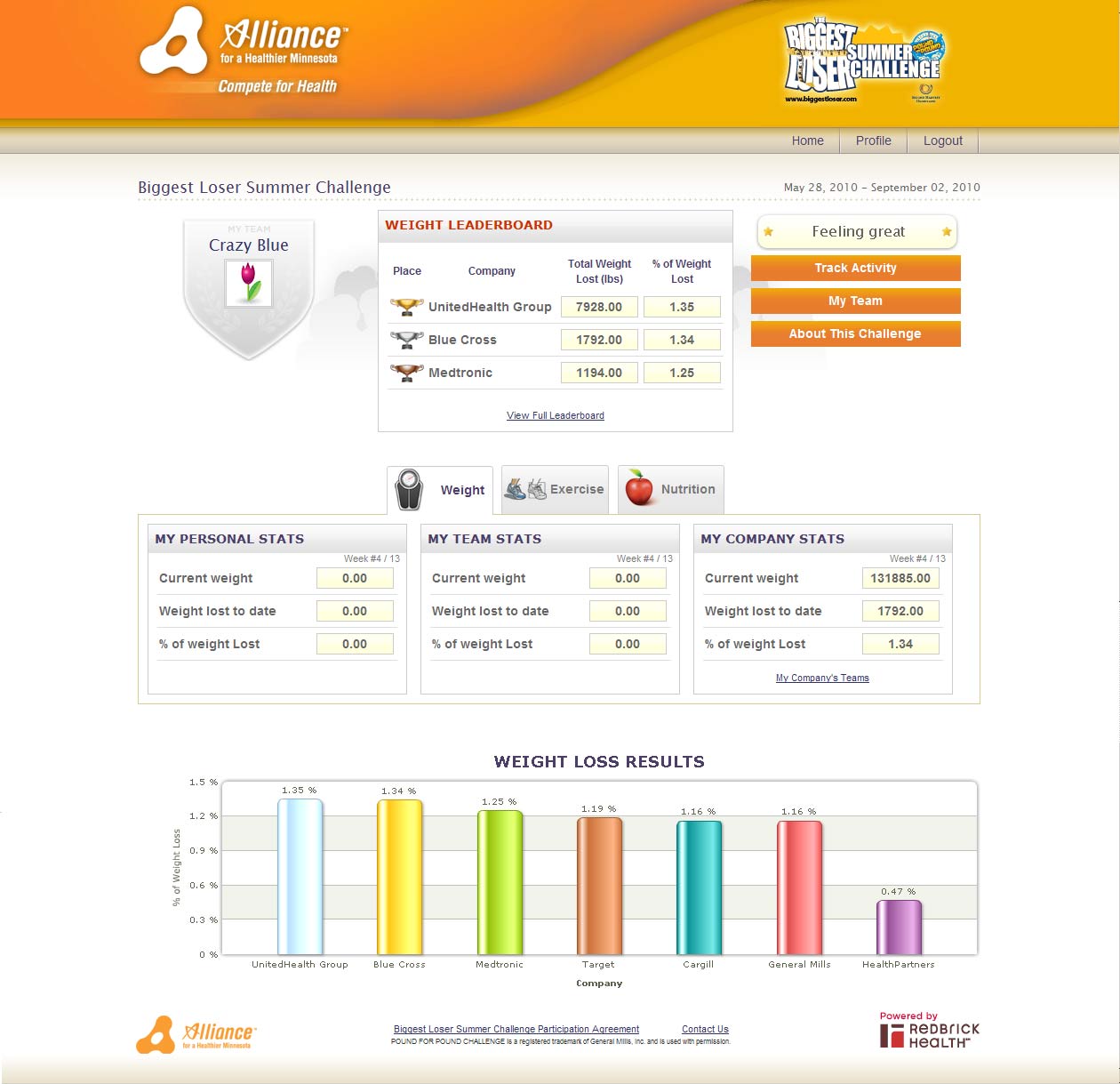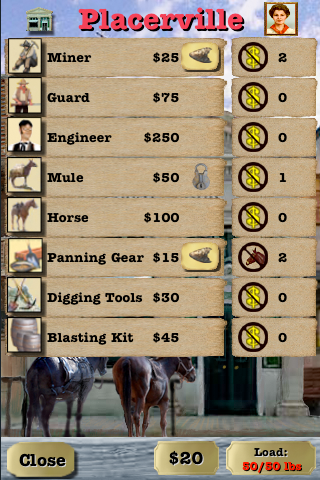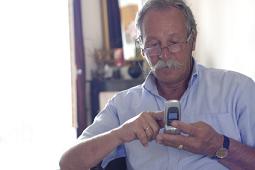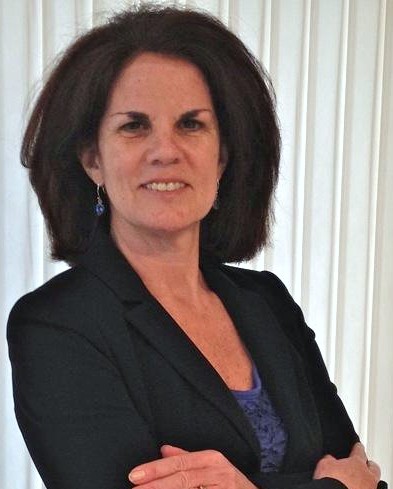“Biggest Loser” Employees, Multi-Company Challenge Uses Social Networking to Drive Motivation
 June 28, 2010
June 28, 2010  Alliance for a Healthier Minnesota launched an online health and wellness competition with teams from large local employers including General Mills, Target, BCBS Minnesota and UnitedHealth Group. Employees are battling in three contests; to lose weight, be more active and eat healthier. Weight loss is center stage. In four weeks since the Challenge started, 10,000 employees have lost over 20,000 pounds.
Alliance for a Healthier Minnesota launched an online health and wellness competition with teams from large local employers including General Mills, Target, BCBS Minnesota and UnitedHealth Group. Employees are battling in three contests; to lose weight, be more active and eat healthier. Weight loss is center stage. In four weeks since the Challenge started, 10,000 employees have lost over 20,000 pounds.
Powering the Challenge
RedBrick Health’s Platform enables companies and their employees to engage in this competition through social networking, messaging, tracking and monitoring capabilities. As a first step, employees use their online tools to build their teams. Each employee contributes to his team by earning points for losing weight, engaging in physical activity (minutes) and following nutritional guidelines. Most employees recorded their results online. Although they can also enter their weight through their mobile phone. Employees closely watch the “leader board” on CompeteforHealth.org to monitor their progress.
As the Challenge heats up, employees turn their attention to their own physical activity and dietary decisions and post messages for their social network of team and company participants. In fact, there are thousands of posts already shared between teammates. The types of messages fall into seven different categories:
1. Goal Setting - I plan to lose three pounds to get to my ideal BMI. I will not eat desserts at the wedding this weekend. I am going to exercise five times a week.
2. Motivating - You can do it! Our Team is going to rock!
3. Praising - Congratulations on finishing the 5K! I knew you could make it the entire conference without eating a cookie! Thanks for bringing us all a healthy lunch!
4. Reminding - Don't forget to track your weight! Remember to join our team at the walking path this afternoon. Sign up for our Team by Monday!
5. Inviting - Who wants to join a softball team? Anyone want to sign-up for the half-marathon? Who wants to join me in losing five pounds over the next month?
6. Sharing (with links provided)- Have you seen these core exercises? Take a look at this marathon website. Try this new low fat dessert recipe.
7. Slipping-up - I fell off the wagon this weekend and ate poorly... I'll turn it around this week. I skipped exercising the past few days...I plan to restart tomorrow...sorry team.
There are several themes running through these team messages of camaraderie, accountability and support.
Extra Push from Multi-Company Challenges
“Although companies find different motivations for their specific populations, we do believe the multi-company competition is generating even greater engagement than a single company competition”, explains Eric Zimmerman, Chief Marketing Officer at RedBrick Health. “The differentiator is the additional leadership push we’re seeing in the multi-company competition. There’s a great deal of company pride at stake, especially when you have a public leader board posting your organization's progress versus your peers.”
Hear more about these social competitions taking place across and within employer organizations from Eric Zimmerman at the Healthcare Unbound Conference on my panel New Models for Leveraging Social Media for Consumer Engagement.
Humana’s New Mobile Health Applications Are Designed to Engage and Entertain Consumers
 June 22, 2010
June 22, 2010  Have you seen the latest mobile offerings that Humana has brought to the market? Actually, they are in the mobile “health entertainment” space.
Have you seen the latest mobile offerings that Humana has brought to the market? Actually, they are in the mobile “health entertainment” space.
Let me share my conversation with Julie Kling, from Humana's mobile strategy group to shed more light on the direction of their mobile health applications.
Sherri (Stepping Stone Partners):Just last week, Humana launched a new mobile health app called GoldWalker. Why is Humana interested in bringing mobile health applications to the market?
Julie (Humana): Humana is particularly interested in developing mobile health applications that enhance the consumer’s physical and emotional wellbeing.
Our latest mobile health game, GoldWalker, is designed to get people walking and exercising. In fact, my activity level which is measured by an accelerometer embedded in the iPhone moves me through this Gold Mine adventure where I find gold and fend off bandits. GoldWalker connects physical activity with game play.
Sherri: Last month, Humana introduced Hands2gether. What was the thinking behind this mobile health application?
Julie: Hands2gether was created to improve a person’s emotional wellbeing. You simply clap your hand with your iPhone to register your mood. The more you clap, the happier you are on the smile scale. By sending this to a friend, you not only spread happiness but also make yourself feel better.
Sherri: The buzz around most mobile conferences is around “location based services” such as Foursquare. How is Humana considering leveraging these types of mobile services?
Julie: This is an area that Humana is actively exploring. We have an opportunity to offer members incentives to frequent healthy places from restaurants to the gym. We can reward them with health- related prizes as well as the recognition that comes with “badging”. We also believe that people with certain health interests or conditions will want to meet up at a nearby location.
Julie Kling will be speaking at the upcoming World Congress Mobile Health Conference on my “Generating Engagement Through Segmentation, Crowd Sourcing and Personalization” panel. Julie will be presenting examples from Humana in mobile health gaming and care collaboration areas.
Generating Mobile Engagement Through Consumer Segmentation, Crowd Sourcing and Personalization
 June 14, 2010
June 14, 2010  World Congress Leadership Summit on Mobile Health, July 29th & 30th, Boston
World Congress Leadership Summit on Mobile Health, July 29th & 30th, Boston
Healthcare organizations are taking advantage of the consumer’s strong demand for smart phones and mobile health apps. They are piloting new health initiatives through SMS (text), Mobile Web and Mobile Applications and learning about the opportunities and barriers to accelerate adoption and usage.
Industry leaders understand the need to tailor their mobile offerings to specific consumer segments and to personalize the experience to sustain engagement.
During our session, you will learn how our panelists are utilizing mobile to enable care access and compliance, deliver health education as well as influence and track health behaviors. They will show examples of their mobile health initiatives and share insights they’ve gained from segmentation, personalization and crowd sourcing. The panelists will also offer their vision for mobile health opportunities in the near future.
You will gain a unique perspective from companies on this panel which are bringing mobile health offerings to consumers directly as well as through the healthcare delivery and health plan channels. As you will see, each business channel has its own sources of value to engage the consumer.
Facilitator:
Sherri Dorfman, MBA, CEO, Consumer eHealth Engagement Specialist, Stepping Stone Partners
Panelists:
- Bud Flagstad, Vice President, Strategic Initiatives, UnitedHealth Group
- Julie Kling, Mobile Strategy Group, Humana
- Tim Kieschnick, Director, User Experience Internet Services Group, Kaiser Permanente
- Alexandra Pelletier, Team Lead, Program and Product Development, Center for Connected Health, Partners HealthCare System
- Benjamin Rubin, CTO and Co-Founder, Zeo Inc.
Listening Online, the First Step to Consumer eHealth Engagement
 June 1, 2010
June 1, 2010  In a recent post on “Blazing Your Social Media Engagement Path”, I touched on the value of listening to your target consumers. Their words can bring tremendous insight to your organization about their needs and frustrations around managing their health and the health of loved ones, young and old.
In a recent post on “Blazing Your Social Media Engagement Path”, I touched on the value of listening to your target consumers. Their words can bring tremendous insight to your organization about their needs and frustrations around managing their health and the health of loved ones, young and old.
Start Thinking about the Value of Listening Online
Consumers are talking in discussion forums, on Facebook, through tweets and blogs. They have the power to impact their social network while sharing their thoughts, experiences and ideas. To tap into this insight and influence, companies are using an online listening platform which gathers, filters and reports on these consumer conversations. Companies are acting on this new information strategically and tactically through their product, program, marketing and customer service groups.
In addition to these very public venues, companies are investing in private online communities and inviting consumers to share their health experiences using words, photos and videos. Not all online community platforms are the same. There are only a few platforms that enable the consumers to brainstorm, vote and prioritize ideas for new products, services and programs. Companies are leveraging this cost effective online research space by describing new concepts, presenting product screen shots and prototypes and even mocked up marketing materials to ensure that their offering is properly positioned and messaged. And they are getting this input and feedback within hours instead of days for immediate response to meet market needs.
Although businesses are often tempted to get started and figure it out from there, they can significantly benefit from beginning with an online listening plan which can be refined every step of the way. Once their goals are identified, it is easier to evaluate public and private online venues, potential technology platforms, determine resource requirements and define success metrics and measurements.
Online Listening Goals
Part of the planning process entails understanding best practices. While defining your online listening plan, consider these ‘use case’ goals:
- Increase Consumer/Patient Satisfaction. Listen to the words and the tone that these consumers are using. What are they complaining about? Is there a misunderstanding that you can clarify? Are they having difficulty finding resources that you already offer? Can their stories be shared internally for training purposes?
- Improve Consumer/Patient Education. People are actively discussing their health issues online. Many industry experts recognize the anxiety that they feel trying to understand their health problems or interpret their options. Which health issues cause the most confusion, concern and cost? Which patients are having the most “risky” problems (e.g. medications, treatments)? What are their biggest challenges? Are there more effective treatments, less costly options that consumers need to consider?
- Co-Create with Consumers through an Online Advisory Board to Design Offerings for Engagement
- Enhance Online Products. Within a private online community, your target customers can provide input and feedback on your proposed offerings. Which features are “need to haves” versus “nice to haves”? How can you identify and define the functionality that is missing such as mobile? Within the context of their life, how can your product be enhanced to help them maintain control over their health?
- Develop and Market Compelling Programs. The online private community can also be leveraged to “capture the words” of your target audience, shaping both your program design and the marketing of that program. How are these consumers articulating the value they see in the program? What changes would they make if they were creating the program?
Benefits of Listening Extends Throughout your Company
As you devise your own list social media goals, think about which departments within your company will benefit. One best practice is to assemble a cross- functional team to participate in the planning and realize the gains of your online listening efforts.
It all begins with the first step of listening. Engaging consumers is the next step.
New Models for Leveraging Social Media for Consumer Engagement
 May 20, 2010
May 20, 2010
 Healthcare Unbound Conference Panel, San Diego, CA July 19th
Healthcare Unbound Conference Panel, San Diego, CA July 19th
Leaders in the healthcare industry are using social media in entertaining, educational and emotional ways to engage and empower the consumer.
Research has shown the cost savings resulting from consumers' use of social media to support each other. Consumers experience less depression and isolation as they navigate their own health issues. However, social media has moved beyond support to motivate consumers in new, exciting and very personal ways which will be measured through “social analytics”.
Where are we headed with social media and how are these leaders planning to get there?
During this panel, you will see and hear about examples:
- Social Media designed to attract and motivate specific consumer “segments” such as teens, seniors, caregivers, employees and patients
- Social Media intervention developed by teens for teens
- Gaming and social networks with competitions and rewards for healthy behaviors
- Differentiated “private” and “public” social media initiatives which span business goals
- New framework for generating consumer engagement incorporating financial, social and personal dimensions
Panel Moderator: Sherri Dorfman, MBA, Consumer Engagement Specialist, CEO, Stepping Stone Partners
- Paul Puopolo, Director, Consumer Innovation, Humana
- Eric Zimmerman, Chief Marketing Officer, RedBrick Health
- Rick LeMoine, MD, FACP, Chief Medical Information Officer, Sharp HealthCare
- Paul To, CEO & Founder, Emota.net
- Kendra Markle, Stanford Persuasive Technology Lab, AlterActions.org


